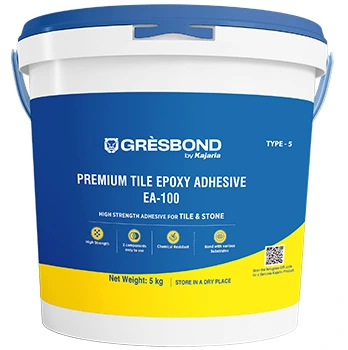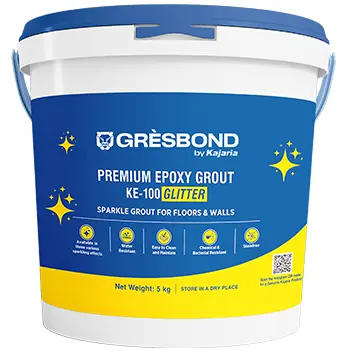How To Choose The Best Tile Adhesive

How To Choose The Best Tile Adhesive
When selecting the best tile adhesive, start by considering your project's specific requirements, such as tile type, substrate, and environmental conditions. Look for adhesives with good shear strength, adhesion, and flexibility to ensure reliable performance and long-term durability. Consider factors like drying time, open time, and compatibility with your chosen tiles and substrates. Additionally, consult with professionals or refer to manufacturer recommendations to ensure proper adhesive selection and application techniques.
Specialized Tile Adhesive Features
Specialized tile adhesive features cater to specific project requirements and application scenarios, enhancing performance and durability. These features include:
- Water Resistance: Tile adhesives with water-resistant properties are ideal for wet areas like bathrooms, kitchens, and swimming pools. They provide protection against moisture infiltration and ensure long-term bond integrity.
- Flexibility: Flexible tile adhesives accommodate substrate movement, temperature variations, and structural settling, preventing cracks and tile detachment in areas prone to expansion and contraction.
- Fast Setting: Rapid-setting tile adhesives offer quick curing times, allowing expedited tile installations and minimizing downtime. They are beneficial for time-sensitive projects or areas requiring immediate use.
- High Strength: High-strength tile adhesives provide superior bond strength, ensuring the secure attachment of heavy or large-format tiles, natural stone, and porcelain to various substrates.
- Chemical Resistance: Tile adhesives resistant to chemicals, acids, and alkalis are suitable for industrial environments, commercial kitchens, and laboratories, where exposure to harsh substances is prevalent.
- Low VOC: Low volatile organic compound (VOC) tile adhesives emit minimal harmful emissions, promoting indoor air quality and occupant health, making them ideal for environmentally sensitive applications.
- Antimicrobial: Antimicrobial tile adhesives inhibit the growth of mold, mildew, and bacteria, ensuring hygienic surfaces in areas prone to moisture and humidity, such as bathrooms and food preparation areas.
- Heat Resistance: Heat-resistant tile adhesives withstand high temperatures, making them suitable for fireplace surrounds, radiant floor heating installations, and outdoor fire pits.
Selecting tile adhesives with specialized features tailored to specific project requirements ensures optimal performance, longevity, and satisfaction with the final installation.
Finding the Right Adhesive for the Right Application
Finding the suitable adhesive for the correct application is crucial for ensuring the success and longevity of your project. Here's a step-by-step guide to help you choose the correct adhesive:
- Assess the Substrate: Determine the type of surface or substrate you'll be working with, such as concrete, wood, drywall, or metal. Different substrates may require specific adhesive formulations for optimal adhesion.
- Consider Environmental Factors: Consider the environmental conditions the adhesive will be exposed to, including temperature fluctuations, moisture levels, and exposure to chemicals or UV radiation. Choose an adhesive with suitable resistance properties to ensure durability under these conditions.
- Evaluate the Materials Being Bonded: Consider the materials you'll be bonding, such as tiles, stones, metals, plastics, or fabrics. Certain adhesives are formulated for specific materials and offer better compatibility and adhesion strength.
- Determine the Application Method: Decide whether the adhesive will be applied manually, with a trowel, brush, caulking gun, or automated dispensing equipment. Different application methods may require adhesives with varying viscosity and flow properties.
- Review Manufacturer Recommendations: Consult the manufacturer's guidelines and product specifications to ensure compatibility with your specific application requirements. Follow their recommendations for surface preparation, application techniques, and curing times to achieve optimal results.
- Consider Specialized Features: If your project requires specialized properties such as water resistance, flexibility, fast curing, or high strength, choose an adhesive that offers these features to meet your needs.
- Test Compatibility and Adhesion: Before proceeding with the entire application, conduct a small-scale test to verify the adhesive's compatibility with the substrate and materials being bonded. This will help ensure proper adhesion and prevent potential issues during the actual installation.
By carefully assessing your project requirements and selecting an adhesive that meets your needs in terms of substrate compatibility, environmental resistance, material bonding, application method, and specialized features, you can achieve optimal results and ensure the success of your project.














